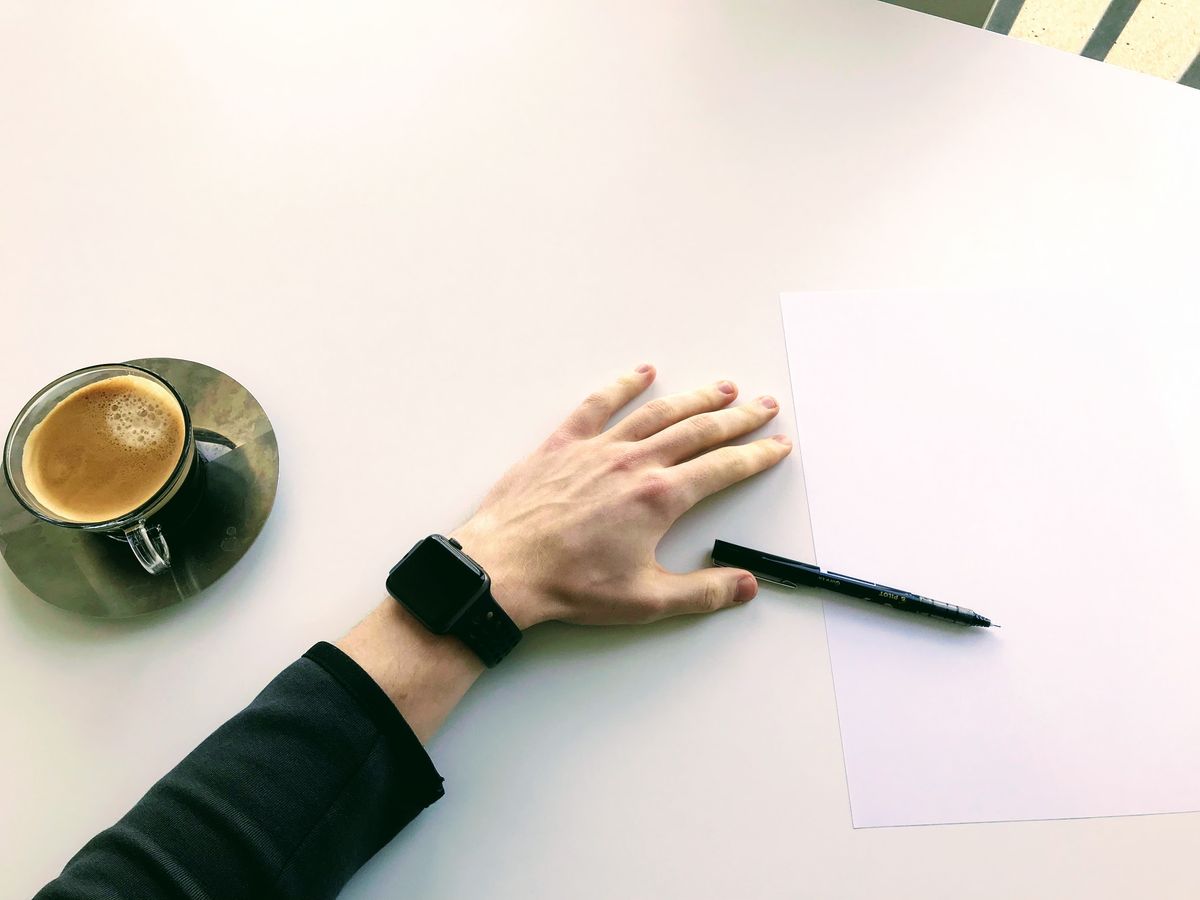Thinking with my fingers
A simple yet effective thinking technique I’ve invented. Works by assigning ideas to fingers and holding them in working memory.

When I don’t know how to solve a problem, I usually do the following. First, I concentrate on it for 10-30 minutes and try making some progress consciously, by using the problem-solving methods I know (e.g., TRIZ). Then, once I get stuck, I stop and get out of my apartment to take a walk around the block.
As I’m walking, and sometimes even the moment I stand up from my desk, I start being aware of new problem-specific thoughts and ideas. When that happens, I try to “grasp” the idea firmly, chunk it, label it with a certain word, assign the first character of that word to a finger on my right hand, and bend that finger, “holding” the idea in my working memory. For example, if the idea is “Omg I should really talk to my friend Max about this; he’s an expert on the subject,” I’d compress/label it as “Max,” take “M” as the first character of it, assign it to my right thumb, bend the thumb, and continue walking. If I get one more, I perform the same process but assign it to the index finger, and so on.
After a few circles about 400m each, or when I run out of fingers, I go back home and decode what I’ve got. I sit down, take a piece of paper (any note-taking app works just as well!), and write down those first characters as a sequence, e.g., MODAZ. Then, on the next line, I take the first character, say, “M,” and write “M. Max. Omg I should really talk to my friend Max about this; he’s an expert on the subject.” By the same token, I go through the rest of the characters I hold in my working memory, first decompressing them into the corresponding symbol and then retrieving the ideas they refer to.
If you’re familiar with focused/diffused modes of thinking, the idea of switching from S2 to S1 (by Kahneman) to get unstuck won’t sound surprising. What was surprising to me, though, is that holding ideas in my working memory for some time instead of writing them down right as they come is conducive to more and clearer ideas and, most importantly, their integration/synthesis into more complex mental objects. It looks like an idea/thought is like a meal that needs to spend some time in the oven to be adequately cooked; you can’t just spot that it’s in there and immediately pull it away; not if you want a well-cooked one.
This technique has proven to be so effective that I now apply it to many more things than problem-solving:
- When I’m doing user interviews, I do the same thing for the questions I want to ask instead of hastily trying to write them down, which only distracts myself and the interviewee;
- When I’m talking to a friend, I don’t interrupt them but simply bend a finger and hold a question(s) that I want to ask, and then easily retrieve it once they’re finished;
- When I’m reading a textbook, I bend fingers for important theses/understandings and then recall them sometime later throughout the day. After a few months of doing this, I can now hold up to 7 ideas in my working memory for more than a day! (Note that finger bending is not the most effective way to understand a textbook, and I rarely rely on it alone. I often summon core theses to my mind and organize them into a mental 3/4D model with objects and relationships.)
- When I’m in bed, falling asleep, I bend fingers for important ideas/thoughts that come to mind instead of writing them down. In most cases, I can easily recall them the next morning and even throughout the day, unless I use the same fingers for new ideas, which creates confusion.
If you’d like to try it out, here are a few tips on how to make the most of it:
- To increase the number of mental objects you can successfully hold, I usually come up with a vivid association for the sequence of characters I have on my fingers. For instance, if I have four ideas, and their first characters are TRIM, I bring to mind an image of a buzzing trimmer or, even better, a memory of myself visiting a barbershop and getting a beard trim. (If you’re curious, yes, you can then take “trimmer,” compress it to “T,” and thereby achieve another level of compression. I did that, and it worked fine. However, I stopped doing it because ideas stop coming to mind once I form one second-layer object like that. Could be too much for my RAM!)
- Most likely, you will have trouble holding more than 3-4 objects at a time. That’s fine! Come back home, write them down, and go for another walk. The most I’ve ever had is 7 walks and about 30 ideas, but that’s an exception.
- If you’re not having any ideas flowing into your awareness, most likely you haven’t done enough focused work, or you’re still mentally tackling the problem instead of letting it go. This one — learning how to switch my attention fully — was the most challenging part for me. A good trick is to start deliberately focusing on the things around you, especially their characteristics. See that strike of red on an otherwise perfectly green maple leaf?
I hope this simple technique will work well for you! If you have any questions about it or cognitive stuff more broadly, please email me at vasilishynkarenka@gmail.com — I’ll be happy to chat!